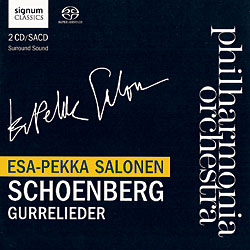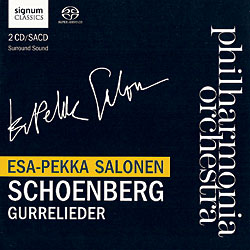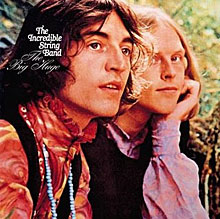
The Fifth Element #59 Page 3
The Fifth Element #59 Page 3

- Read more about The Fifth Element #59 Page 3
- Log in or register to post comments



Let's face it, keeping up with new music gets harder as we get older. If you're over 30, do you still buy new music?
Sorry to make you use a link.
It's to a pic of Wilt Chamberlain, and the caption says it all.
Wilt playing chess in college.
I sure hope they don't change that caption!